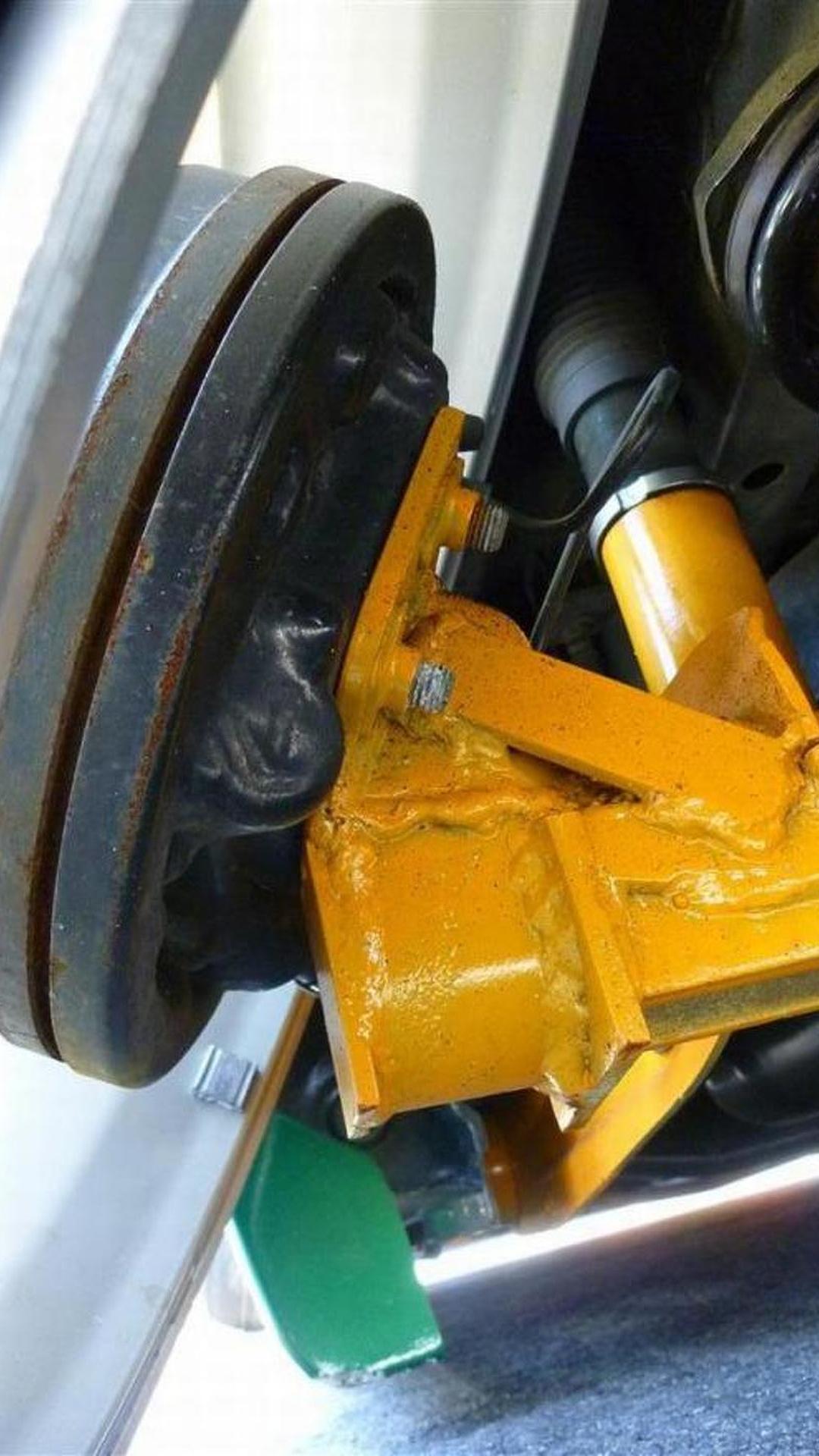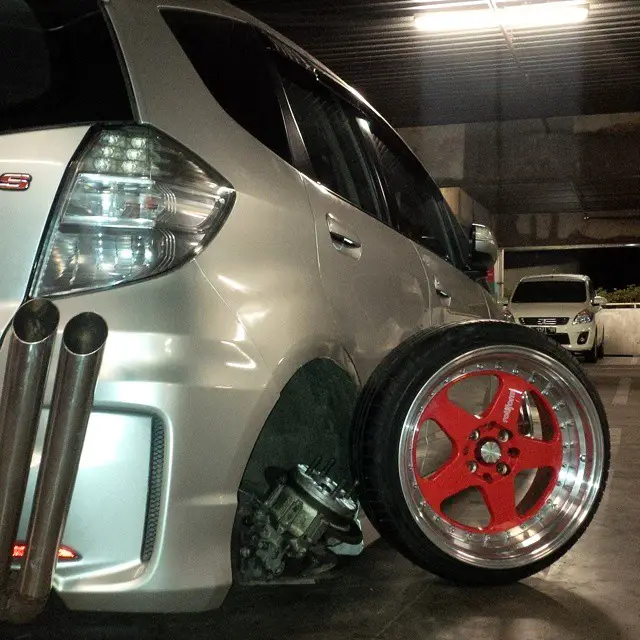

If you are wondering, the science behind better grip from negative camber is quite simple. This lessens the burden on the outermost part of the tire. In this case, the innermost part of the tires is in direct contact with the surface. So when the wheels are vertically inclined towards the car, the setup is known as negative camber. Negative camber is quite the opposite of a positive camber car. You just hope that you don’t get toppled over or get caught in a roll-over accident. Having positive camber and going fast through a corner is the perfect recipe for disaster. Typically, having low-steering input gives you less confidence in twisty roads where all you want is to test your car’s performance. However, the idea of a positive camber car in modern (racing) cars with flat and bulky tires are like inviting death. So there was a need to enhance the suspension system of older race cars to improve stability which was why positive camber was introduced. Also, they were not typically ahead of their time in the suspension department. Positive camber car was popular among early race cars because they had no power steering. It is less popular among car enthusiasts and gearheads but popular amongst truck enthusiasts and utilitarian/agricultural users like farmers. However, this is the most uncommon camber out of all cambers and has almost zero application because of its feasibility. Cars requiring low steering input like tractors, trucks, and other off-road vehicles, use this type of camber alignment. This means that the outer part of the tire is in more contact with the surface. When the vertical axis of the wheel, with respect to the ground, is tilted inwards, it is said to be a positive camber car. This allows the owners to modify the camber according to their needs thus enhancing their driving experience. Some manufacturers who produce hardcore cars like the Mercedes-Benz AMG GTR give fixtures and tools to adjust the camber in these cars. This is called ‘zero camber’ where there’s no ( outward or inward) tilt in the vertical axis of the wheel. The more the tire is perpendicular to the vertical axis, the less would be the camber degree of the tires. The types of camber cars can be further distributed into three categories: – In layman’s terms, how inward or outward the vertical angle of the tires is, with respect to the surface, is the camber of the car.

The vertical degree at which the wheels of the car are positioned in the wheel well defines the camber of a car. There are three major wheel alignment angles (and their settings) which we’ll be discussing here: In the end, we’d put you in the driver’s seat and let you decide what’s best for you (and your car). We have here a thorough guide ranging from types of camber cars to their effects. Are you new to camber cars or having trouble deciding the best camber settings for your car? The camber settings of a car can deeply impact your car’s driving style and dynamics in several ways.

It almost feels like eating an ice cream AFTER it melts. No matter how good your car is, how powerful your engine, or how loud your exhaust is unless you’ve got a good tire setup, it serves little or no purpose.

They are responsible for putting down the power in the most efficient manner. If the engine is the heart of a car, then the wheels are its strength.


 0 kommentar(er)
0 kommentar(er)
